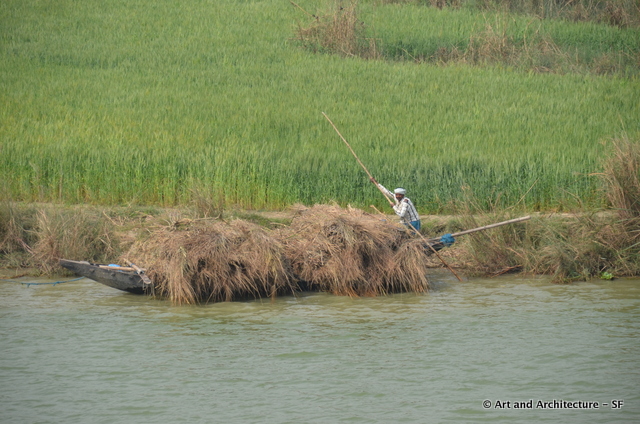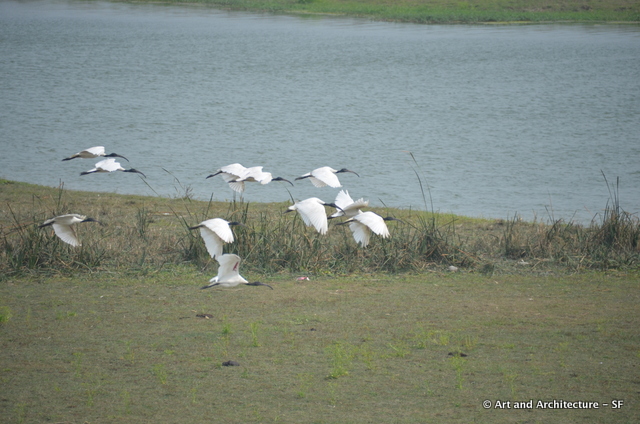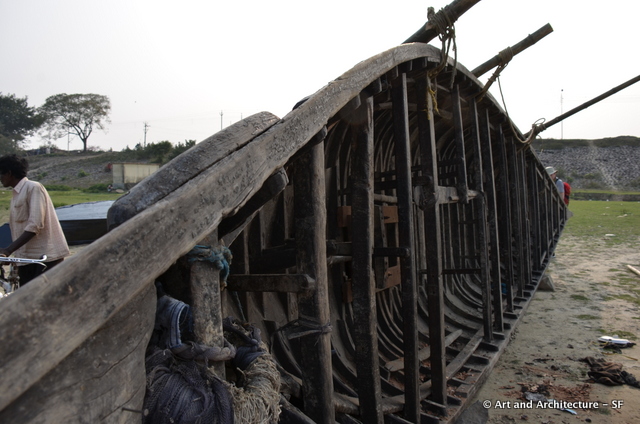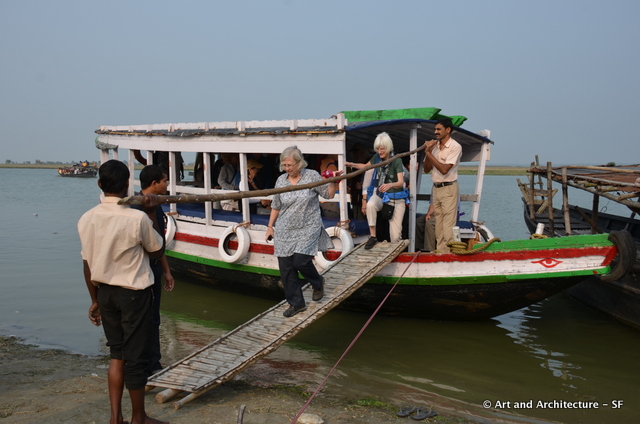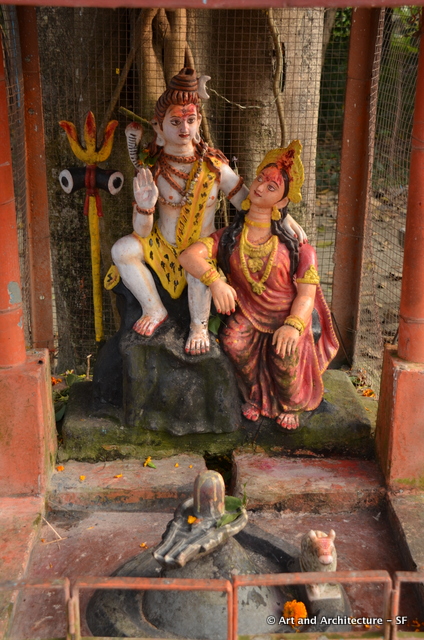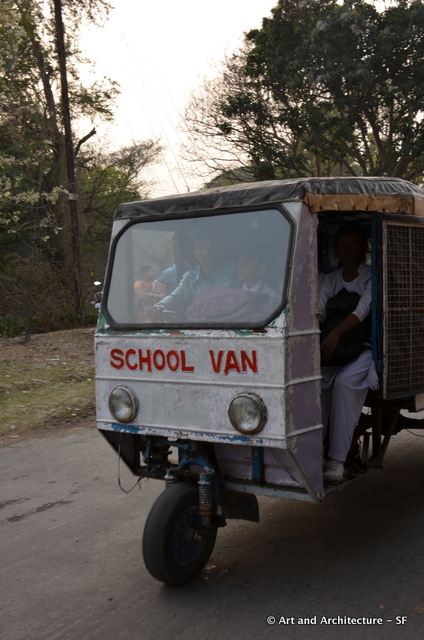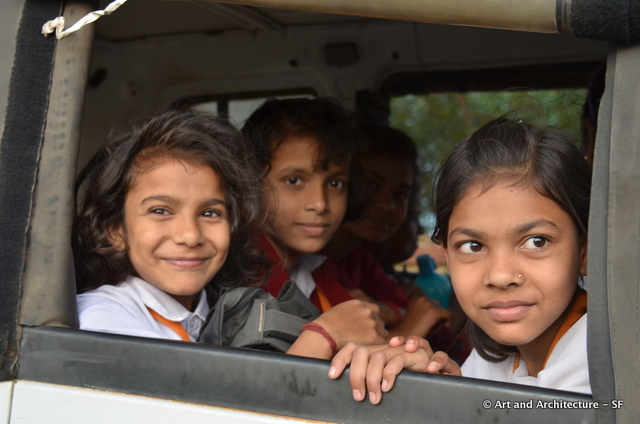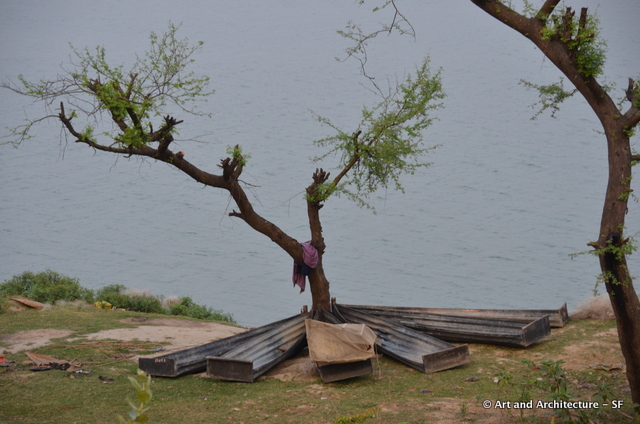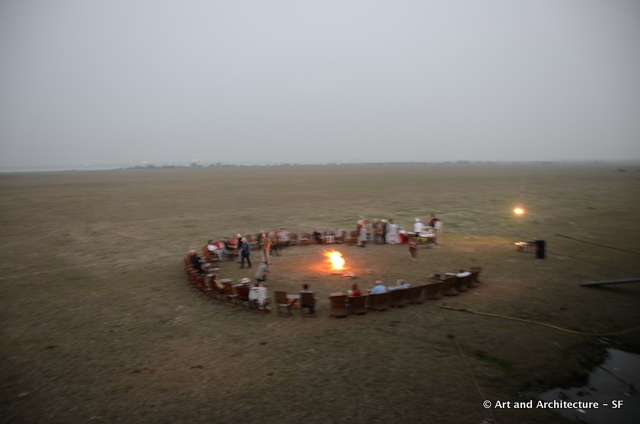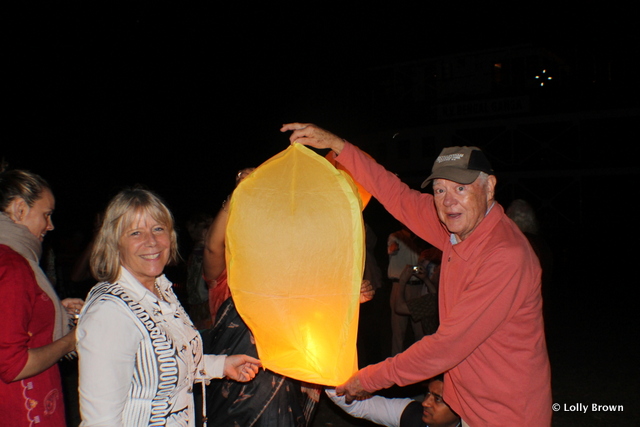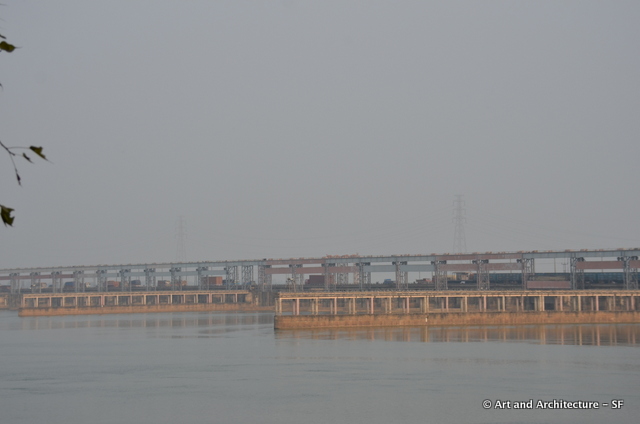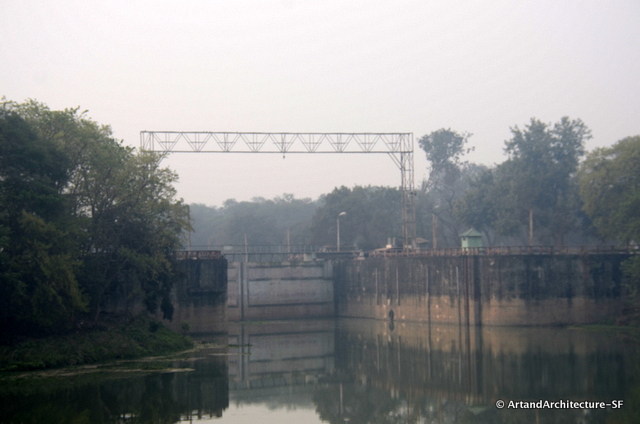February 2015
Our third night out was the second night of thunder, lightening and rain. It makes for a rather humid day, and this morning it was raining as well. It was a very quiet day of sailing down the Ganges to the Farraka Barrage. We did have one hour off the boat to walk the town near the barrage.
A linga is the symbolic form most commonly used to represent Siva. They are frequently found in conjunction with a yoni (female element). They are essentially a disc with a drain, out of which waters of ablution flow.
Shiva (Siva in Sanskrit) is regarded as one of the primary forms of God. He is the Supreme God within Shaivism, one of the three most influential denominations in contemporary Hinduism. He is one of the five primary forms of God in the Smarta tradition, and “the Destroyer” or “the Transformer”. Parvati is the female manifestation of Siva. She is almost always depicted together with him, either standing next to him or sitting on his knee while Siva embraces her.
*
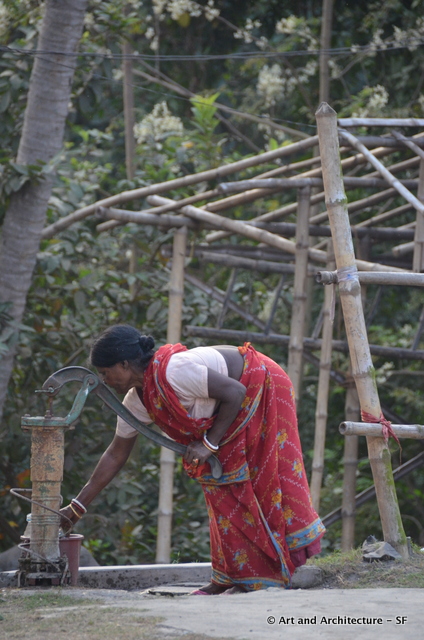
I was happy to finally capture a woman pumping water. This is woman’s work, and while I saw it everywhere, this was the first chance I had to grab a photo.
The Farakka Barrage regulates the Ganges water between Bangladesh and India. Essentially they turn the spigot on for 10 days for each country so that water distribution is “fair”.
The highlight of the day was our evening cocktail hour in teak chairs around a fire with Bix Beiderbecke in the background and the chance to let off lanterns and sparklers.
 When we moored, we were in sight of the Farraka Barrage, by morning we had moved to the locks. The boat travels through 24 miles of Canal to get to the river.
When we moored, we were in sight of the Farraka Barrage, by morning we had moved to the locks. The boat travels through 24 miles of Canal to get to the river.
The barrage was constructed by Hindustan Construction Company. It has 109 gates. The Barrage serves water to the Farakka Super Thermal Power Station. There are also sixty canals which can divert the water to other destinations.
Farakka Barrage is located in the Indian state of West Bengal, roughly 10.3 miles from the border with Bangladesh. Construction was started in 1961 and completed in 1975 at a cost of $25 million. Operations began on April 21, 1975. The barrage is about 7,350 feet long. The feeder canal from the barrage to the Bhagirathi-Hooghly River is about 25 miles long. We are going to be taking the Bhagirathi River from here to Calcutta.
The purpose of the barrage is to divert 1,100 cubic feet per second of water from the Ganges to the Hooghly River for flushing out the sediment deposition from the Kolkata harbour without the need of regular mechanical dredging. After commissioning the project, unfortunately they found that the diverted water flow from the Farakka barrage is not adequate to flush the sediment from the river satisfactorily.
The locks belong to the Indian Army so no photography was allowed, and I know why, they don’t open the doors quite enough so our side tires had quite a job to do making sure the boat wasn’t damaged, its nuts.
The fun thing about moving into Bengal is that you hear TaTa from the children, it is a way of getting your attention and sort of means hello, and hey there, all in one.
We have had two really amazing lectures, one by our accompanying archeologist Nancy Wilkie, on the looting of the treasures of India. It was really an excellent overall look into the shady side of the art world, and had us all on the edges of our seats.
The second was by our Indian guide Sumit about the Caste system, the subject engendered quite a lively conversation.
